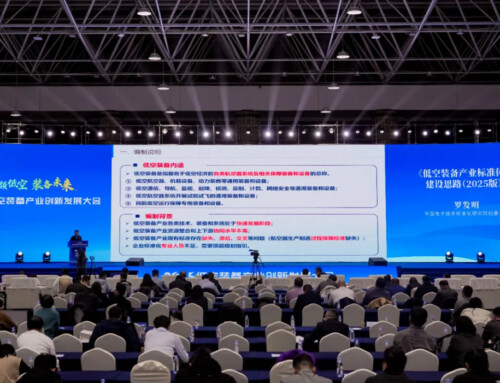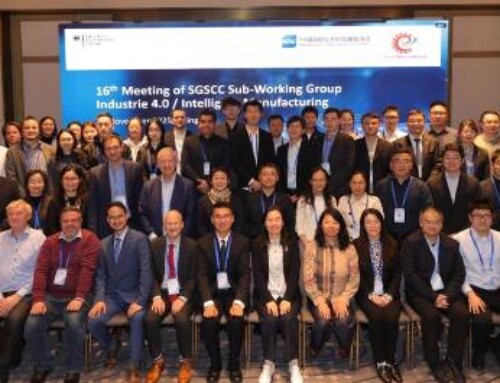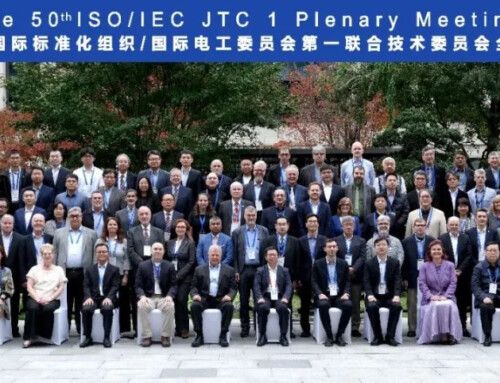In April 2025, the Ministry of Industry and Information Technology (MIIT) of China released the draft of the Cloud Computing Comprehensive Standardization System Framework (2025 Edition) for public consultation from April 22 to May 22, 2025.
This document aims to build a standardized framework across six domains—basic, technical, service, application, management, and security—to support the high-quality development of China’s cloud computing industry, enhance digital infrastructure capabilities, and strengthen China’s influence in international standardization.
Overall Objectives
In alignment with the Implementation Plan for the Standardization Pilot Program of Emerging Industries (2023–2025), the framework emphasizes top-level design for cloud computing standardization. It seeks to coordinate standard-setting across the entire industrial chain and promote the development, implementation, and internationalization of standards to provide solid technical support for the high-quality growth of China’s cloud computing sector.
It adheres to the following principles:
- Enhance the integration of technological innovation and standardization; accelerate research on key technologies and incorporate mature results into standards.
- Driven by industry needs and enterprise participation to promote standards that support large-scale, efficient, and green cloud computing ecosystems.
- Mobilize strengths from enterprises, academia, research, and users; strengthen cross-sector cooperation and encourage inclusive development among large and small enterprises.
- Deepen international collaboration in cloud computing standards; encourage Chinese organizations to actively participate in international standardization and contribute China’s proposals.
By 2027, the plan targets the formulation of over 30 new national and industry standards in the cloud sector, with more than 1,000 enterprises participating in standard promotion and implementation. It also aims to expand China’s role in international standardization organizations, such as ISO, IEC, and ITU, and increase the global influence of Chinese standards.
Key Contents
- Structure of the Standard System
The guideline divides cloud computing standards into six major categories:- Basic Standards: Terminology, reference architectures, talent development—serving as the foundational basis for other categories.
- Technical Standards: Covering computing, storage, networks, integration, cloud-native platforms, and deployment architectures; emphasizing interoperability and advanced technical capability.
- Service Standards: Spanning IaaS, PaaS, DaaS, AIaaS, SaaS, and SEaaS, with detailed requirements for configuration, delivery, quality, and security.
- Application Standards: Focusing on cloud integration in manufacturing, power, finance, transportation, education, etc.; including cross-domain technologies like cloud-native databases and middleware.
- Management Standards: Covering full lifecycle processes—design, procurement, deployment, operations, billing, maintenance, and quality evaluation.
- Security Standards: Providing comprehensive guidelines for infrastructure, services, platforms, and regulatory supervision regarding cloud security.

Figure 1: Structure of the Cloud Computing Comprehensive Standardization System
- Guiding Principles
- Innovation-Driven: Strengthen the transformation of research into standards.
- Application-Led: Focus on the needs of key industries.
- Industry Collaboration: Encourage participation from all enterprise sizes.
- Open Cooperation: Promote integration of China’s proposals into international standards.
Implications for European Cloud Equipment Suppliers and Service Providers
- Rising Technical Barriers and Market Entry Costs
As China builds a domestically led, end-to-end standard system—especially for IaaS and AIaaS—European providers may face higher entry thresholds, requiring re-certification, adaptation to local technical criteria, or additional investment to meet compliance. - Increased Interoperability Challenges
With emphasis on “cloud-edge-terminal” coordination and hybrid/multi-cloud deployments, and the widespread use of cloud-native technologies such as microservices and serverless architecture, incompatibility in interfaces and protocols may limit the applicability of EU solutions in the Chinese market. - Stricter Security and Compliance Requirements
The document outlines a multilayered approach to platform operations, data compliance, third-party component safety, and supply chain security. European vendors engaged in SaaS or AIaaS in China may need to navigate increasingly complex domestic compliance obligations, especially regarding identity management, behavior tracking, and auditability. - Opportunities Through Local Partnerships
The framework encourages collaboration across academia, industry, and SMEs, leaving space for international companies to participate in standard-setting and pilot projects. European companies can enhance their influence and technical alignment by partnering with leading Chinese service providers or joining industry alliances. - Competition and Cooperation in International Standardization
China aims to increase its presence in organizations like ISO, IEC, and ITU with its own proposals. For EU enterprises, this presents both competition and an opportunity to collaborate on shaping international norms—particularly in shared areas like green data centers, low-carbon computing, and secure cloud infrastructure.
Access to the original article in Chinese here: https://wap.miit.gov.cn/gzcy/yjzj/art/2025/art_00c2cf515ae848e497f2736554ce5156.html




